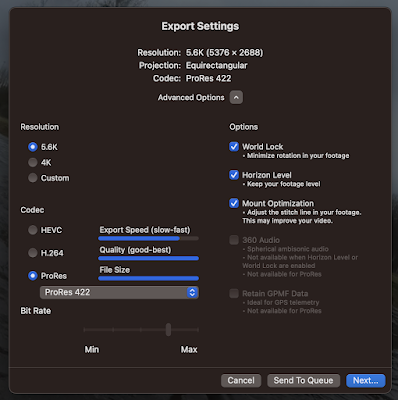The emergence of unplanned for beneficial innovation between so-called information infrastructures and organisational process has been identified others (Leuenberger, 2007; Leuenberger, 2010).
The argument being that the evolution of large scale infrastructures occurs through a co-dependence between the structuring of information objects and organizational/societal form.
Within these fields of understanding
The naive positive turn is an uncritical use of radical realism, an overarching appeal to the objective rationality of techno-societal interventions. In this mode, information infrastructures are instrumental interventions, straight-forward designs that can be dreamed up, developed, and deployed. Understanding success or failure is largely in terms of the rational or irrational behaviour of those involved.
A related but more subtle theoretical frame explains the phenomena of infrastructure through the concept of agential realism, that such the meta-objects of infrastructure acquire a quasi-autonomous existence and exert agency in turn upon their human users.
Indeed the human agency of human protagonists (entrepreneurs, designers, promoters, developers) begins to diminish in comparison with the scale of a meta-object's inertia and momentum. Unexpected behaviour, even the emergence of unplanned for coherence (serendipity) transcending the designers' original intent is evidence of the object's agency, its unintended intentions.
Others attempt to de-humanise the meta-object by re-humanising its operation.
Critical researchers illustrate by deconstructing the 'thingness' of information infrastructures into their constituent micro-objects, technologies and social-organisational relations \citep{StaRuh1996aa}(Star and Ruhleder, 1996; Bowker, 2002; Hanseth & Lyytinen, 2010; Edwards, 2010).
Star and Ruhleder's (1996) \citet[p. 113]{StaRuh1996aa} definition of the dimensions or features of what constitutes infrastructure present a useful test for whether the status of infrastructure has been achieved by a particular social technological arrangement.
- Embeddedness. Infrastructure is "sunk" into, inside of, other structures, social arrangements and technologies.
- Transparency. Infrastructure is transparent to use, in the sense that it does not have to be reinvented each time or assembled for each task, but invisibly supports those tasks;
- Reach or scope. This may be either spatial or temporal: infrastructure has reach beyond a single event or one-site practice.
- Learned as part of membership. The taken-for-grantedness of artifacts and organizational arrangements is a sine qua non of membership in a community of practice (Lave and Wenger 1992; Star and Ruhleder, 1994). Strangers and outsiders encounter infrastructure as a target object to be learned about. New participants acquire a naturalized familiarity with its objects as they become members.
- Links with conventions of practice. Infrastructure both shapes and is shaped by the conventions of a community of practice, e.g. the ways that cycles of day-night work are affected by and affect electrical power rates and needs. Generations of typists have learned the QWERTY keyboard; its limitations are inherited by the computer keyboard and thence by the design of today's computer furniture (Becker 1982).
- Embodiment of standards. Modified by scope and often by conflicting conventions, infrastructure takes on transparency by plugging into other infrastructures and tools in a standardized fashion.
- Built on an installed base. Infrastructure does not grow de novo: it wrestles with the "inertia of the installed base" and inherits strengths and limitations from that base. Optical fibres run along old railroad lines; new systems are designed for backward compatibility; and failing to account for these constraints may be fatal or distorting to new development processes (Monteiro and Hanseth, 1996).
- Becomes visible upon breakdown. The normally invisible quality of working infrastructure becomes visible when it breaks; the server is down, the bridge washes out, there is a power blackout. Even when there are back-up mechanisms or procedures, their existence further highlights the now visible infrastructure.
These dimensions suggest that infrastructure is attained by accumulating social understanding over time; that design objects are gradual and fluid. /blockquote{Something that was once an object of development and design becomes sunk into infrastructure over time.} /citep[p. 152]{StaBow2002aa}
Interestingly, information infrastructures are complicatedly involved in the ways we understand the cartesian physical world (space).
They shape and are shaped by temporal contingencies, moments and contexts past, present and future.
They intervene in and alter our social-cultural perceptions of place.

